Results
-
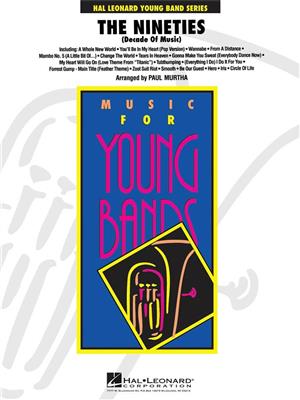 £64.99
£64.99The Nineties: Decade of Music
A marvelous collection of hits from 10 years of memorable themes skillfully woven together in a medley that will be the highlight of any pops concert. Includes: From a Distance, (Everything I Do) I Do It For You, Gonna Make YouSweat, Tears In Heaven, A Whole New World, Hero, Change The World, Wannabe, Tubthumping, Iris, My Heart Will Go On, Zoot Suit Riot, You'll Be In My Heart, Mambo No. 5, Smooth, Forrest Gump - Main Title, Be Our Guest, Circle OfLife.
Estimated dispatch 7-14 working days
-
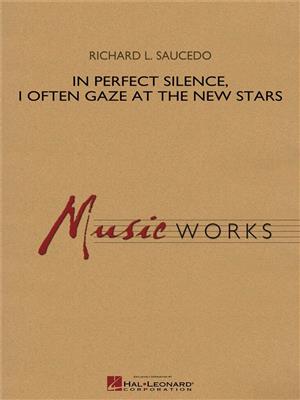 £72.99
£72.99In Perfect Silence, I Often Gaze at the New Stars - Richard L. Saucedo
On a Sunday afternoon in May of 2011 tornados devastated the city of Joplin, Missouri. In Perfect Silence, I Often Gaze at the New Stars is intended as a musical tribute to those who lost their lives that day and to those heroeswho gave everything they could to help others. The music is a beautiful blending of sounds and moods, and carries with it a full range of emotions from reflective quiet moments to the massive outpouring from the entire ensemble.An evocative and moving work for band that will resonate with both performers and listeners. Dur: 3:50
Estimated dispatch 7-14 working days
-
 £64.99
£64.99The Beatles - 1964!
The Fab Four exploded on the American music scene with a banner year of hits in 1964. This medley of Beatle favorites includes I Want to Hold Your Hand, And I Love Her and Twist and Shout. It was a good year!
Estimated dispatch 7-14 working days
-
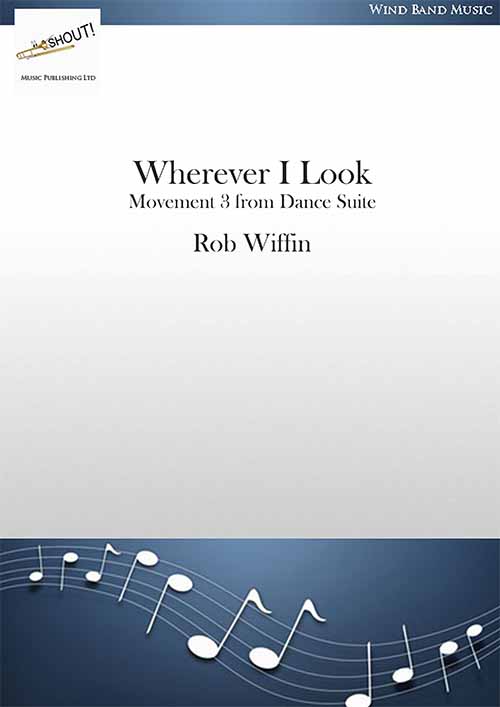 £36.95
£36.95Wherever I Look (Movement 3 from Dance Suite) (Concert Band - Score and Parts) - Wiffin, Rob
Wherever I Look, a mambo, is the first movement from Wiffin's Dance Suite.Duration: 4.00
Estimated dispatch 7-14 working days
-
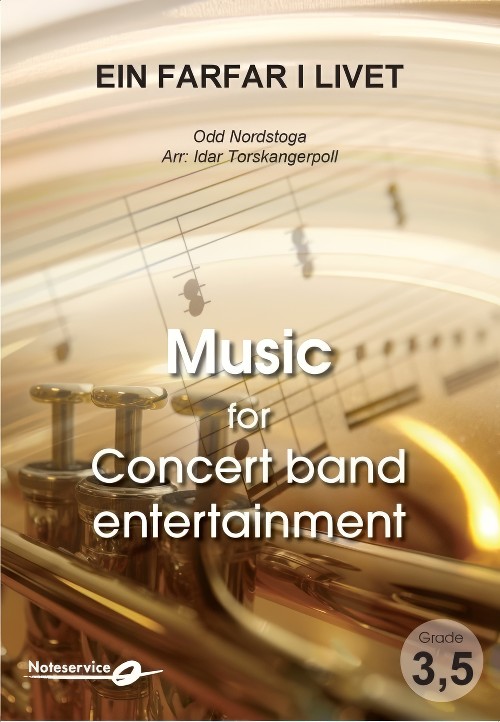 £91.00
£91.00Ein farfar i livet (Grandpa) (Concert Band- Score and Parts) - Nordstoga, Odd - Torskangerpoll, Idar
Ein farfar i livet (Grandpa) is taken from the 2011 record album release Bestevenn (My best friend) by Odd Nordstoga. This is music for a Norwegian TV-series called "Vaffelhjarte. Duration: 4.15
Estimated dispatch 7-14 working days
-
 £42.50
£42.50I Got You (I Feel Good) (Concert Band - Score and Parts) - Brown, James - Vinson, Johnnie
This 1965 funk classic became one of James Brown's signature hits. The trademark syncopations are written here in a very repetitive and "teachable" fashion, and lend a definite sense of authenticity to this very easy arrangement.
Estimated dispatch 7-14 working days
-
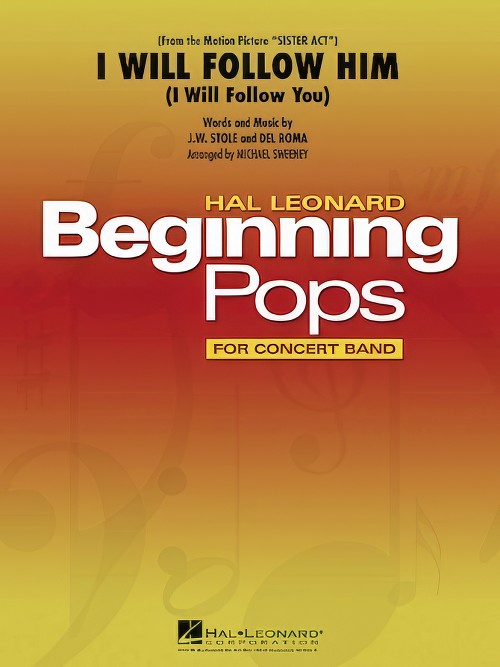 £38.50
£38.50I Will Follow Him (I Will Follow You) (Concert Band - Score and Parts) - Sweeney, Michael
Originally a hit for Peggy March in 1963, this familiar pop song was revived for the movie Sister Act. This easy rock style arrangement is sure to become a favourite with beginning players and audiences alike.
Estimated dispatch 7-14 working days
-
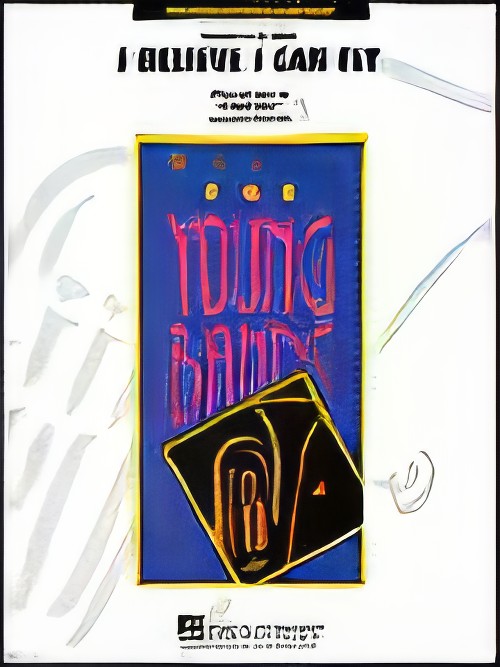 £57.50
£57.50I BELIEVE I CAN FLY (Young Band) - Kelly, Robert - Waters, Tim
From the 1996 movie Space Jam (with Michael Jordan) this familiar power ballad features a dynamic pulse and an uplifting spirit in this solidly scored adaptation by Tim Waters.
Estimated dispatch 7-14 working days
-
 £47.50
£47.50I Wonder as I Wander - John Jacob Niles
This traditional Appalachian carol, adapted or re-written by John Jacob Niles, has been arranged for a full Concert Band by Michael Brown. Presented here in full score and parts, the arrangement represents a wonderful addition tothe festive repertoire of any young concert band.
Estimated dispatch 7-14 working days
-
 £57.50
£57.50I Believe I Can Fly - Robert Kelly
From the 1996 movie Space Jam (with Michael Jordan) this familiar power ballad features a dynamic pulse and an uplifting spirit in this solidly scored adaptation by Tim Waters.
Estimated dispatch 7-14 working days
